Maintaining a healthy diet is relatively simple when you cook at home. And it’s usually possible to find healthy options when eating out — especially if you’re the one picking the restaurant.
But you often have less control over when and where you eat when you’re traveling, so things can get a little bit dicier. That’s especially true in foreign countries, where you might not be familiar with how to find healthy restaurant meals.
When I have to travel for a business trip, either domestically or internationally, I know that I can’t always count on having access to healthy options.
That’s especially true when I don’t have time for a proper meal and have to grab something on the go, like when I’m heading straight to the airport after finishing up a meeting. In such cases, it’s all too easy to make unhealthy food choices just for the sake of satisfying my appetite.
Over the years, I’ve developed simple solutions to this problem that I would like to share with you. As a result of my strategy, I’ve gone a full year (so far) without making unhealthy food choices while on the road.
So, here are my tips for eating healthy while on the road.
1. Plan ahead:
- Research the hotel you’ll be staying at, as well as nearby restaurants.
- Decide what exceptions you’re willing to make.
- Look for a local grocery store near your hotel.
2. Take the stress out of finding healthy food options:
- Bring meal replacement drinks.
- Consider freeze-dried meals.
- Leverage healthy, non-perishable snacks.
- Ask for substitutes.
- Embrace intermittent fasting.
Staying Healthy While Traveling
Figuring out what’s healthy and what’s not can be tougher than you might think. But below are some general rules that I follow when picking healthy road trip meals.
When choosing what to eat, I look for clean and simple options and usually stick to the following categories:
- Veggies and fruits low in sugar
- Grass-fed meat and poultry
- Wild-caught seafood
- Pasture raised eggs
- Nuts and seeds
That sounds relatively straightforward, but more often than not, it’s a struggle to get just that and none of the “extras” that render food unhealthy, such as sugar-laden dressings or sauces.
PS: The above food categories happen to be the pillars of the ketogenic paleo diet.
As a result, I try to be as specific as I can be when ordering my food. For example, if I decide to get a steak I make sure to only get:
- The meat itself without any sauces
- Steamed vegetables without any sauces
- No other sides (I know it’s hard to skip the french fries, but your body will thank you in the long run)
Regarding drinks, I stick to water, tea, black coffee or the occasional adult beverage (usually red wine).
Food I Try to Stay Away From
Considering that my “do eat” list of foods is relatively short, it should not come as a surprise that my “do not eat” list is long… because it contains everything else. On a high level that includes:
- Processed/junk food (especially processed carbs)
- Anything containing added sugar
- Legumes
- Grains
- Dairy
- Anything with artificial ingredients
The list above represents hundreds of individual ingredients that I try to stay away from. Unfortunately, these ingredients are literally in almost every ready-to-eat meal, and often also in the food you find in restaurants.
So what can you do to stay healthy while traveling and avoid making unhealthy food choices, either intentionally or unintentionally?
Travel Tips for Sticking to Healthy Eating Habits
To make my life easier while traveling, I’ve developed an easy-to-follow strategy that includes these tips:
1. Plan Ahead
When I plan a trip, I try to figure out in advance what the food situation might be at the destination. If I go to Las Vegas and stay at a hotel on the strip, I know that I won’t have any issues finding good food.
But if I travel abroad or to a rural area, I try to find out if the hotel I’ll be staying at has a restaurant, and if so, whether it offers food that meets my expectations. If not, I’ll pack extra meal replacement drinks or snacks that can cover me until I find other food sources (like a local grocery store).
Pre-Travel Tips
- Research the hotel and look into nearby restaurants.
- Decide what dietary exceptions you’re willing to make.
- Look for a nearby grocery store you can take advantage of.
I once stayed at a Courtyard by Marriott in Akron, Ohio, while attending a conference. That’s when I learned that Courtyards don’t have an actual restaurant — only a snack bar. Fortunately, they had eggs for breakfast on the menu, but that day (at 6:30 a.m.) their egg delivery hadn’t arrived yet. The only alternative they could offer was a liquid egg mix that didn’t fulfill my “clean eating” requirements.
The moral of the story is to plan ahead and to look at the menu of the hotel’s restaurant before you leave home. If your hotel room offers a mini fridge, you could also plan a trip to a nearby grocery store or a local farmer’s market and load up on perishable items that are easy to consume, including:
- Hard-boiled eggs.
- Low-carb fruits (i.e., berries).
- Pre-cut vegetables, including carrots, broccoli, and celery.
- Pre-packaged guacamole.
Some people buy these things and bring them on their trip in a container (or even a small cooler). But frankly, I don’t want to go through that hassle. If worst comes to worst and I can’t find any decent food at my destination, I rely on non-perishable snacks, meal replacement drinks, and/or freeze-dried meals.
Exceptions
However, I do think ahead of time about the exceptions I’m willing to make on my trip. For example, I may make an exception to my usual no-grains policy and eat rice if I can get good Sushi at my destination, but I’ll still stay away from wheat and other processed grains (especially if they have gluten).
By deciding things like this ahead of time, you’ll reduce stress and are less likely to make bad choices when having to decide on the spot.
2. Take The Stress Out Of Finding Healthy Food Options
Finding healthy sources of food can be stressful. So why not bring your own food and take the stress out of finding food at your destination?
Bring Meal Replacement Drinks
Ample meal replacement drinks have dramatically transformed my travel experience over the last few years. I discovered Ample when I compared Ample to Soylent in the summer of 2017 as part of an article I was writing.
Since then, I always bring Ample with me when I leave home for a business trip, because doing so means I don’t have to worry about what food I may or may not find at my destination.
Unlike a protein powder shake, meal replacement drinks such as Ample can completely replace a meal because they contain just the right mix of protein, fat and carbohydrates.
As a result, I always have a couple of bottles of Ample in my suitcase for those instances when healthy meals might not be an option. What I like most about Ample is its high-quality ingredients, and the fact that although it comes in a powder it’s pre-bottled so that I only have to add water.
The significant advantage of Ample meal replacement drinks for travelers is that they come as a powder, so you can conveniently take the bottles through airport security. As a result, it only takes a few ounces of water to get a bottle of Ample ready to drink.
I regularly skip meals when traveling by plane, and instead ask the flight attendant to pour water into my Ample bottle so I can shake it and have my meal ready to drink. On countless occasions, the flight attendants were curious and asked what I was drinking. So I explained the concept to them and told them where they could buy the product.
You can learn more in my dedicated Ample Meal review.
Consider Freeze-Dried Meals
Freeze-dried meals are popular among outdoor enthusiasts, but most options you’ll find at REI or similar stores are anything but healthy. The good news for those of you who prefer solid over liquid food is there’s another option: Paleo Meals To Go.
Founded by Dawn Anderson and her son in 2013, Paleo Meals To Go now belongs to the Wild Zora brand. I have tested their meals on various occasions, including a transatlantic flight to Europe a year ago, and found their freeze-dried meals both convenient and healthy.
Preparing a freeze-dried meal is simple! In a nutshell, you add hot water and let it stand for about 10 minutes to allow the ingredients to rehydrate.
On an airplane, ask the flight attendant to pour hot water into the pouch and then let it stand for a few minutes.
Leverage Healthy, Non-Perishable Snacks
Healthy snacks may sound like an oxymoron, but there are indeed healthy, non-perishable snack options that you can take advantage of if there are no other food sources available.
Before leaving home, I usually fill my backpack with my favorite snacks for road trips, including meat bars from Wild Zora or EPIC Provisions, low-carb protein bars, nuts and travel-sized pouches of mayonnaise and extra-virgin olive oil.
3. Think Outside Of The Box
If you none of the above tips work, it’s time to think outside of the box and become a bit more creative. While asking the waiter for off-the-menu items might seem common sense, I highly encourage you to consider not eating at all. Sounds crazy? Continue reading to find out what I mean why that.
Ask for Substitutes
I hardly ever find a place where I want to eat a meal as-is. Instead, I almost always have to substitute side dishes or ingredients. The good news is that waiters in the U.S. are used to patrons with special dietary restrictions.
Waiters abroad are not always accustomed to that, and may look at you funny when you ask to get steamed broccoli instead of potatoes with your Schnitzel. In fact, requesting substitutions can be seen as socially inappropriate or rude in certain cultures, so this is another thing to research ahead of time if you’re traveling to an unfamiliar location.
One of the most important (yet easiest) meals for me is breakfast, because a good breakfast can go a long way to keep me energized — even if I have to delay or skip lunch. Also, it’s usually uncomplicated because I’m entirely satisfied with eggs and a bowl of fruit, and you can get eggs almost anywhere.
Even in the crappiest places I have been, they had eggs. I make sure to only get actual eggs and not some liquid-egg-lookalike. I also make sure that the cook doesn’t add milk, cheese or anything else to my eggs — especially if I order scrambled eggs.
If I eat at a place where they prepare the eggs to order, I may even ask if they could use olive oil instead of whatever vegetable oil they would use otherwise. Olive oil is loaded with healthy fats and is a much healthier choice than other options.
The bottom line is, know the culture of your host country but don’t be afraid to ask for exactly what you want. If you do it nicely, chances are the restaurant will try to accommodate you.
Embrace Intermittent Fasting
In the cases where I don’t have access to healthy food options, I try to remember that I’m not going to die because of skipping a meal.
Quite the opposite is the case! Intermittent fasting is healthy and should be part of your life anyway. For example, if I have an early morning flight home from a conference, don’t have time for breakfast, and have run out of Ample, I will just skip the meal and won’t eat until I land.
That gives my body a break from food for over 12 hours. I recommend embracing such opportunities from time to time; your body will thank you!
Since writing this article, I’ve started a daily intermittent fasting routine. That means I don’t eat for 16-20 hours and I feel better than ever!
How to Eat Healthy While Traveling
Staying healthy on the road, and especially when traveling for work or with kids, isn’t easy. But I hope the tips above gave you an idea of how to eat healthy while traveling and what foods to pack for when you’re on the road. I have successfully relied on a combination of meal replacement drinks and healthy snacks for over a year, and highly recommend you give it a try.
To summarize, here are a few key points that will help you stick to your healthy eating habits while travelling:
- Do your research ahead of time. If you know the location of a nearby grocery store, you won’t have to settle for whatever you can find at the hotel’s convenience store.
- Know what dietary exceptions you’re willing to make. It’s OK to loosen up your eating habits a little bit, but you still want to make healthy choices. Defining your wiggle room before you leave will help you avoid making a decision you’ll regret later.
- Watch out for so-called “healthy” travel snacks like granola bars and trail mix — they’re almost always loaded with sugar, and it would be healthier to just skip eating until you can find something better.
- If you want to stay healthy, stay hydrated. Drinking enough water is crucial to feeling good. If you follow every other piece of advice on this list, but drink only your Ample, chances are you’ll be dehydrated by the end of the day.
Now I want to hear from you! How do you eat healthy while traveling? Let me know by leaving a comment below.

Michael Kummer is a healthy living enthusiast and CrossFit athlete whose goal is to help people achieve optimal health by bridging the gap between ancestral living and the demands of modern society.
Medical Disclaimer
The information shared on this blog is for educational purposes only, is not a substitute for the advice of medical doctors or registered dieticians (which we are not) and should not be used to prevent, diagnose, or treat any condition. Consult with a physician before starting a fitness regimen, adding supplements to your diet, or making other changes that may affect your medications, treatment plan or overall health. MichaelKummer.com and its owner MK Media Group, LLC are not liable for how you use and implement the information shared here, which is based on the opinions of the authors formed after engaging in personal use and research. We recommend products, services, or programs and are sometimes compensated for doing so as affiliates. Please read our Terms and Conditions for further information, including our privacy policy.
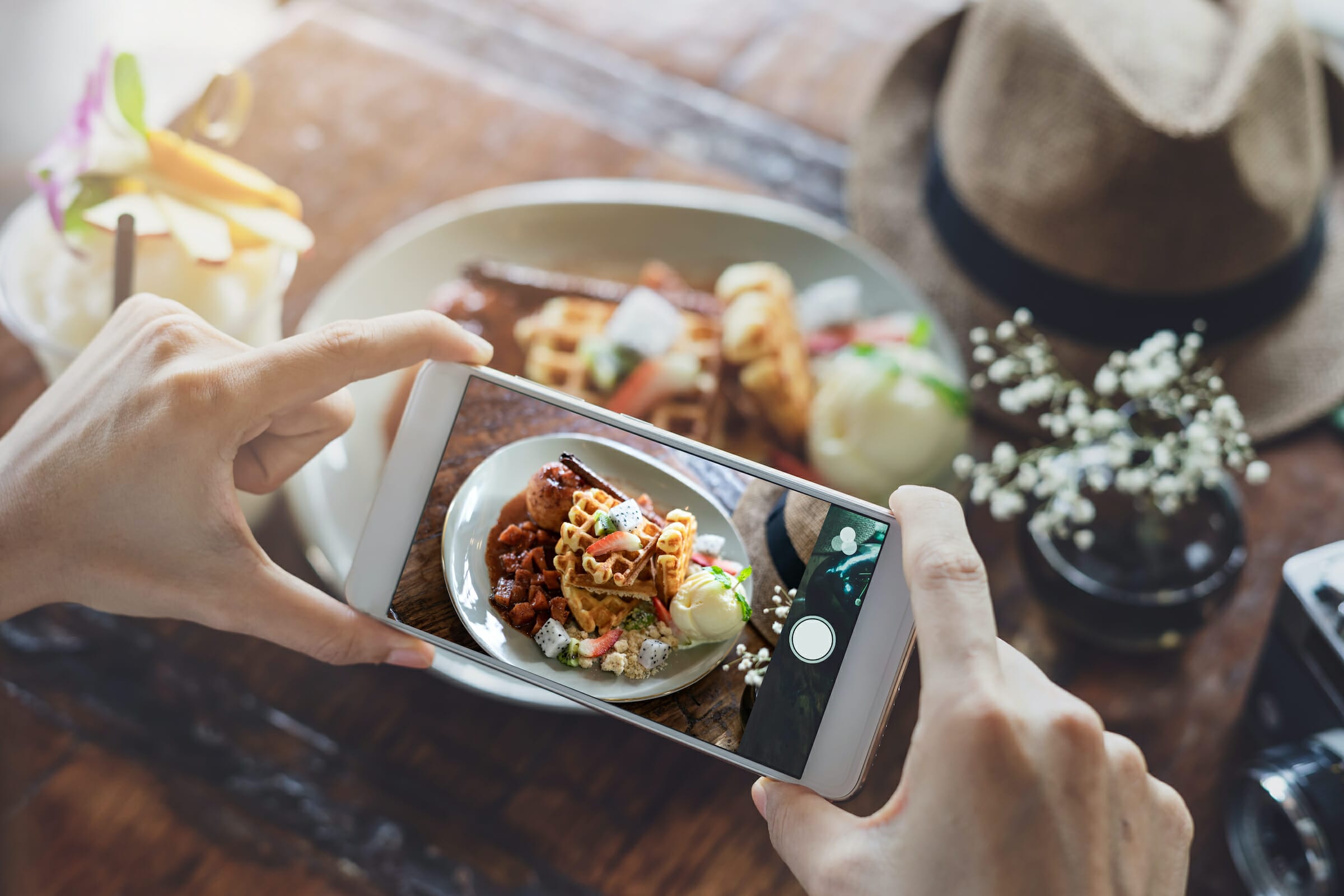
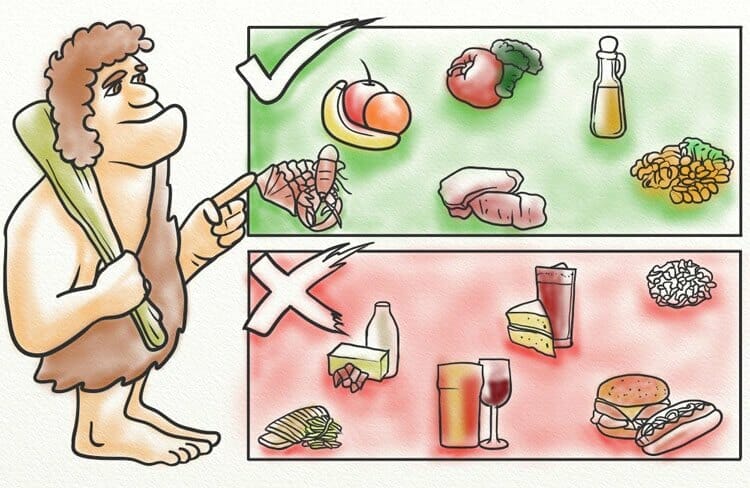
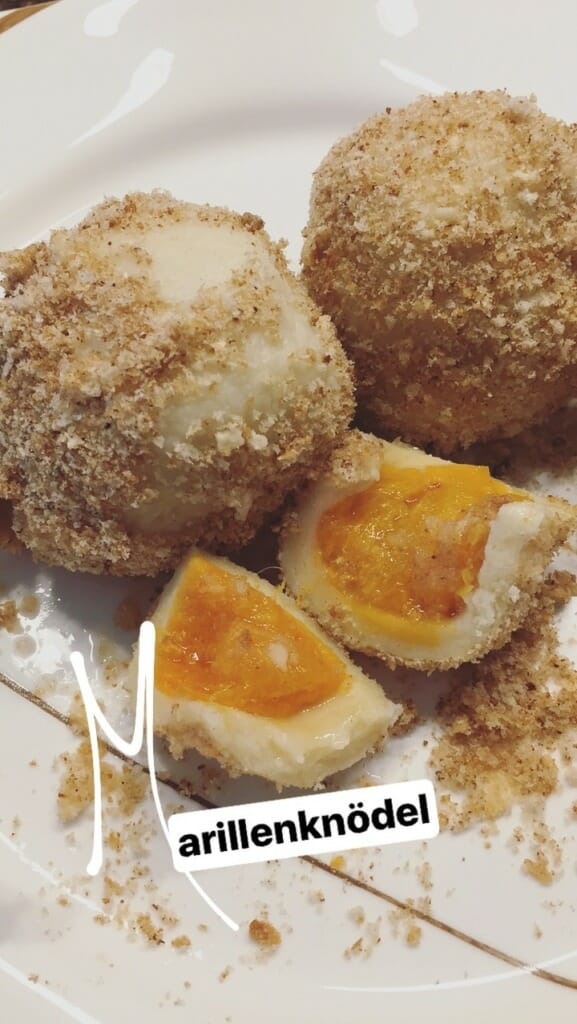
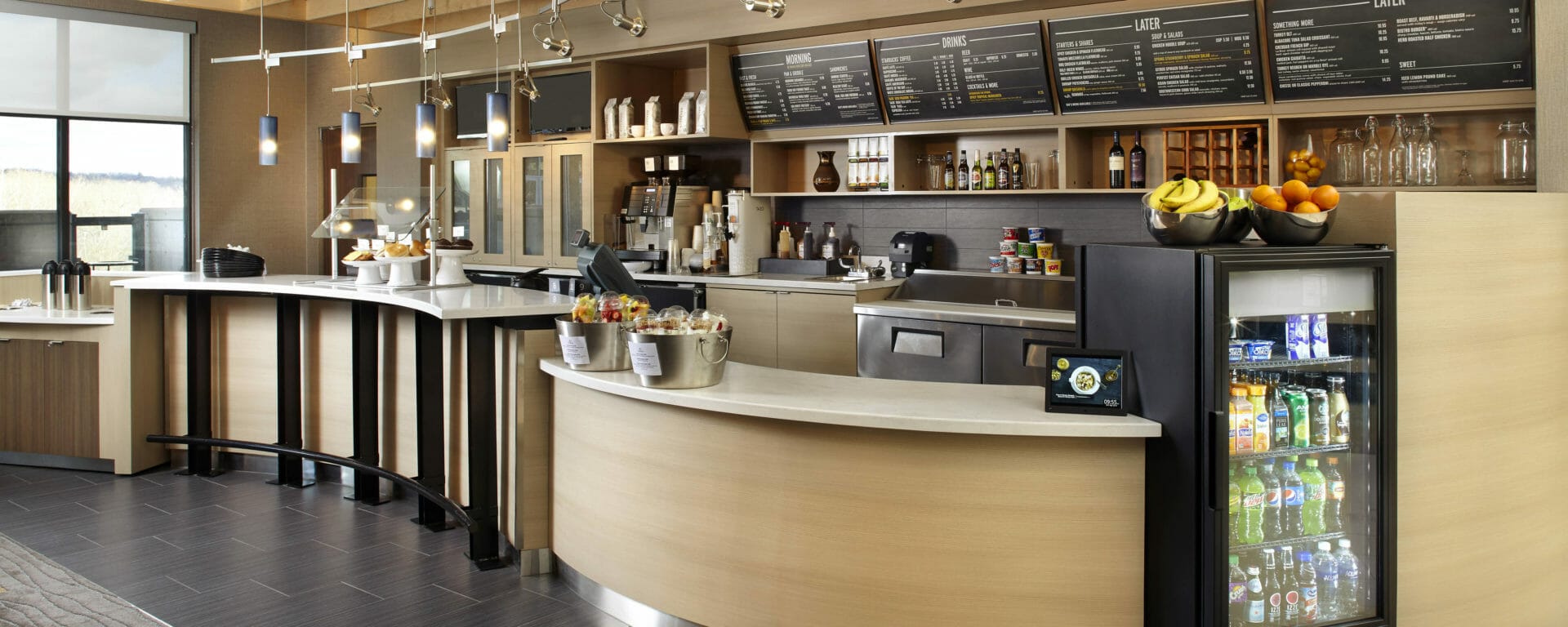
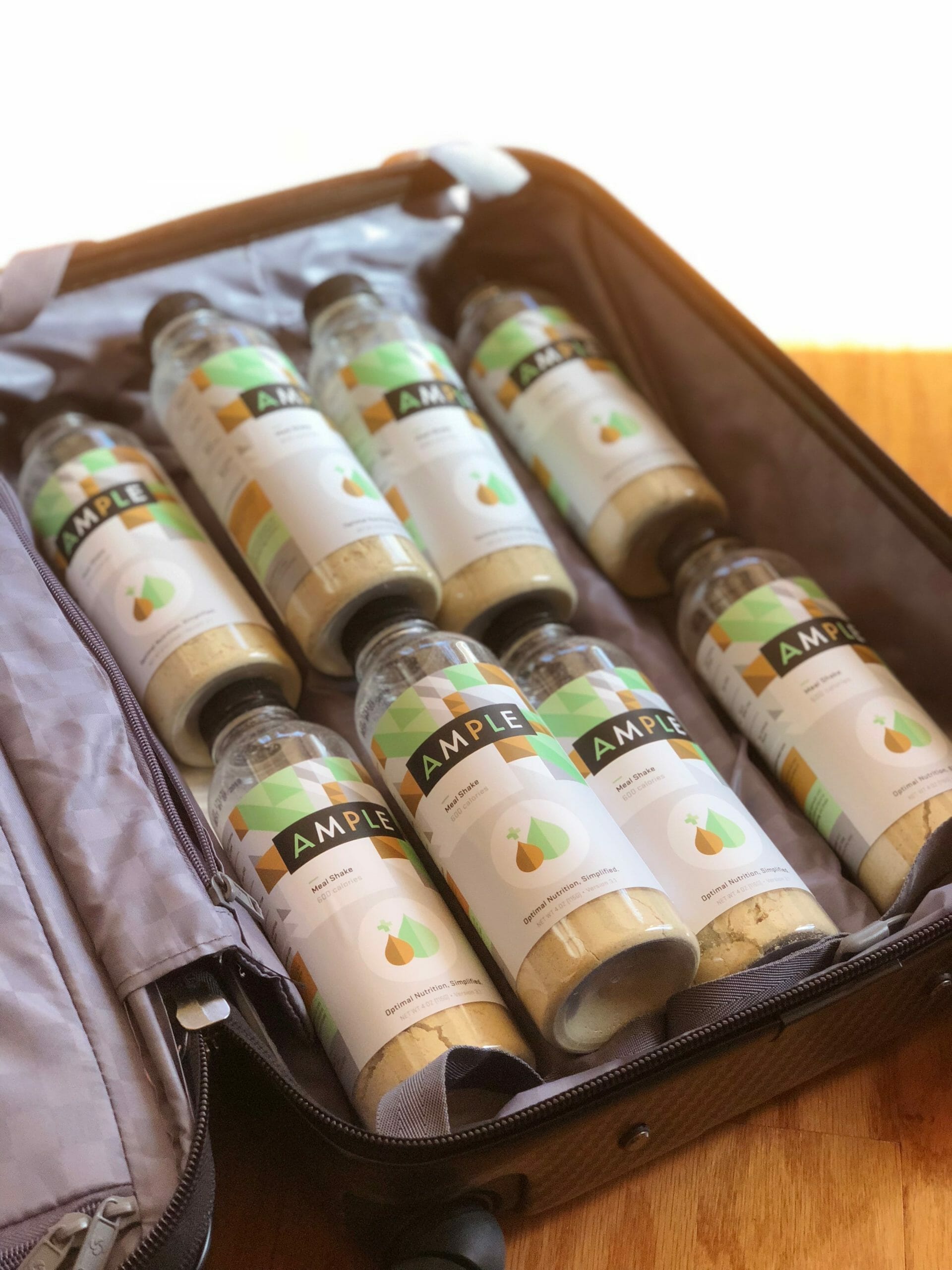
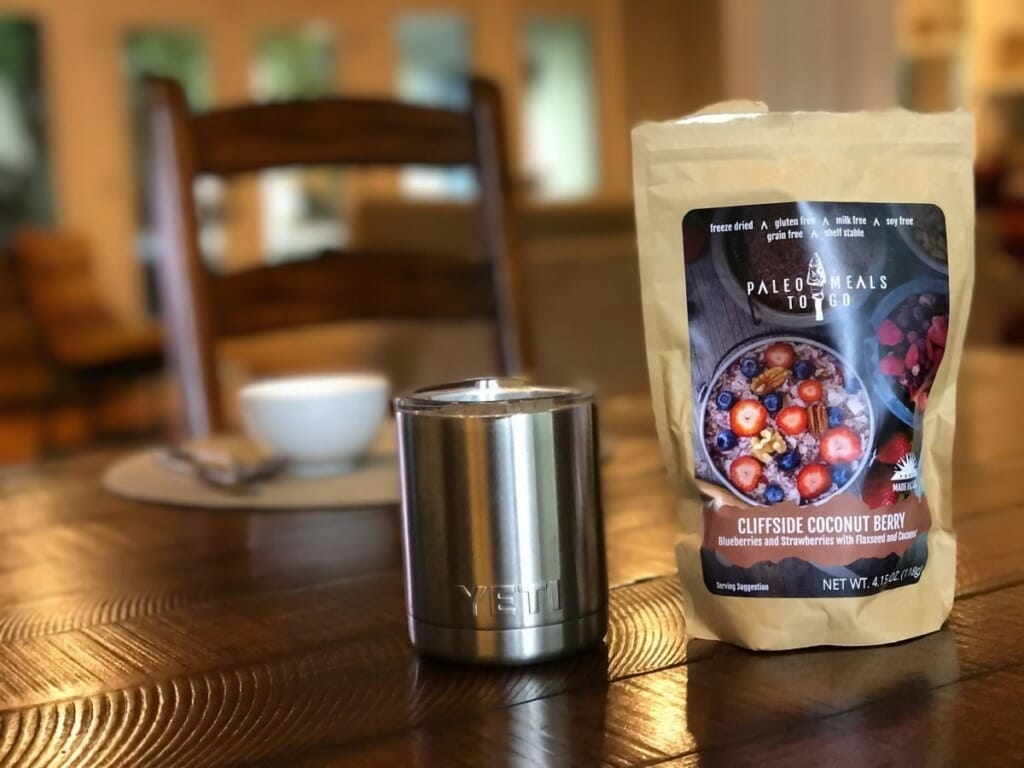
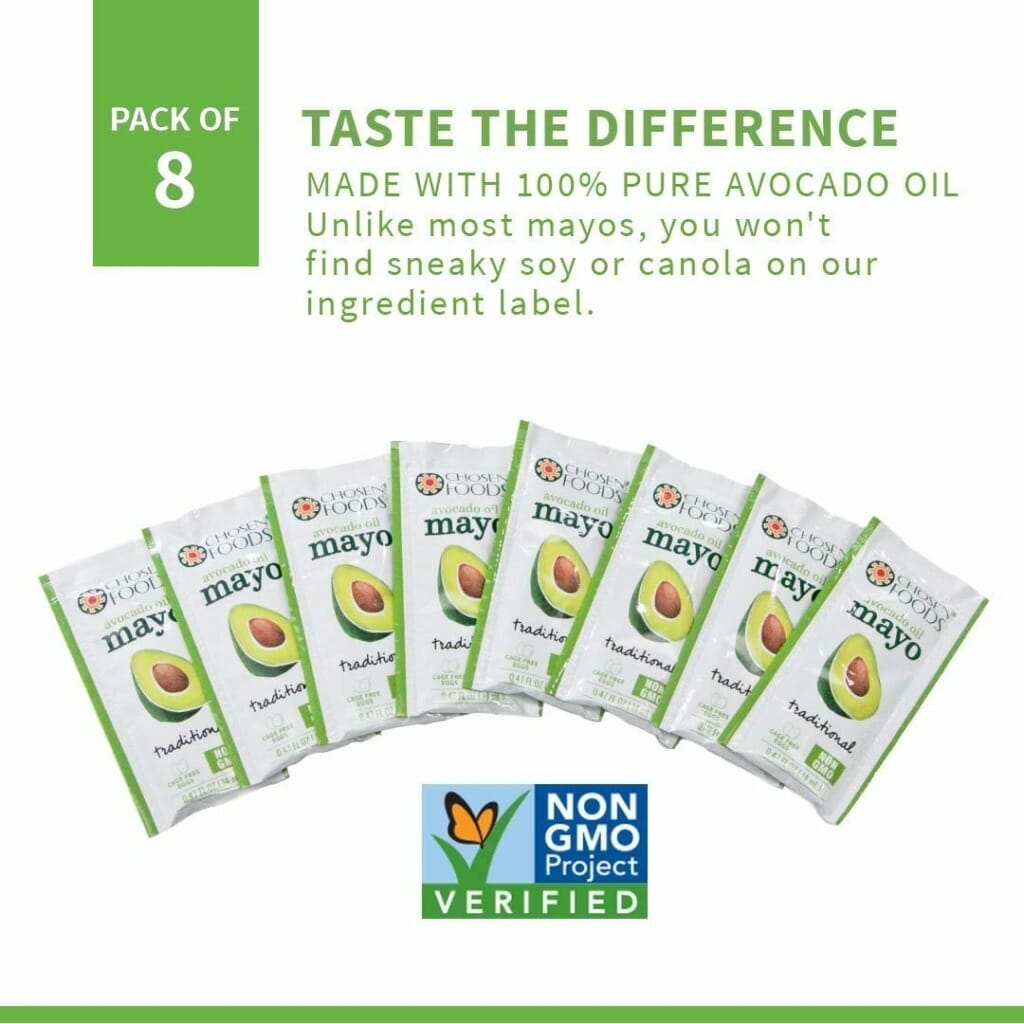
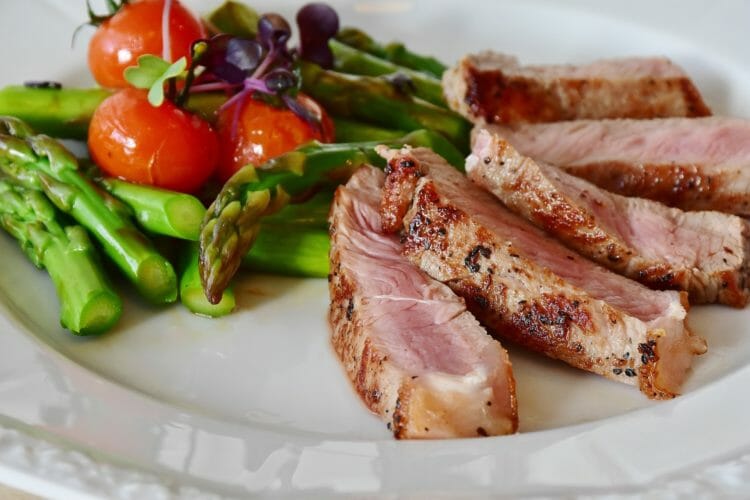
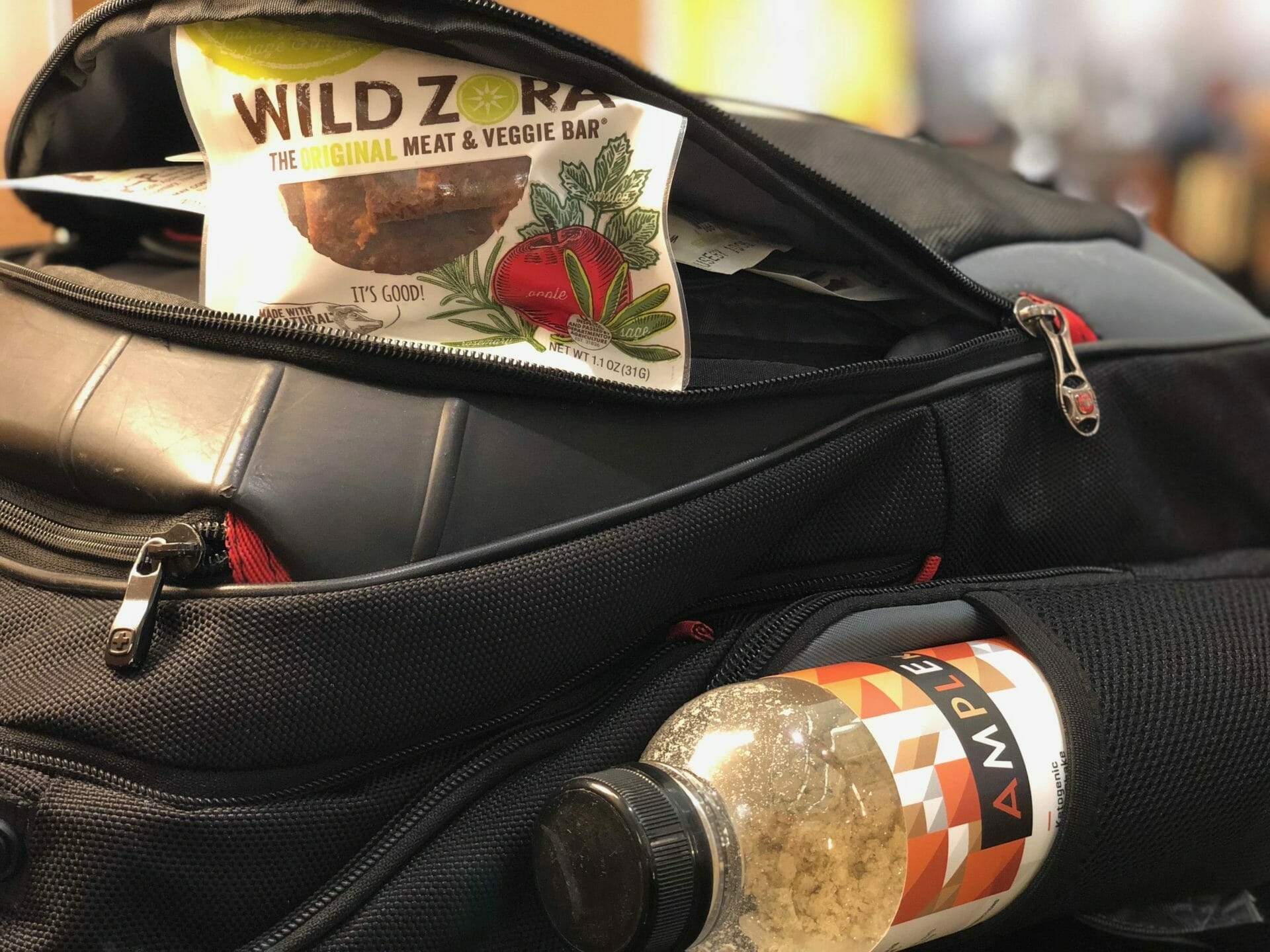
Thank you for giving useful tips. I should need this types of tips.